Cauliflower, a versatile cruciferous vegetable, has become a global staple in kitchens and cuisines ranging from stir-fries to health-conscious alternatives like cauliflower rice and pizza crusts. But beyond its culinary appeal lies a significant agricultural footprint. With changing dietary patterns and increased health awareness, cauliflower production has surged globally. This raises the pivotal question: which country leads the world in cauliflower production?
Introduction to Cauliflower: A Super Vegetable
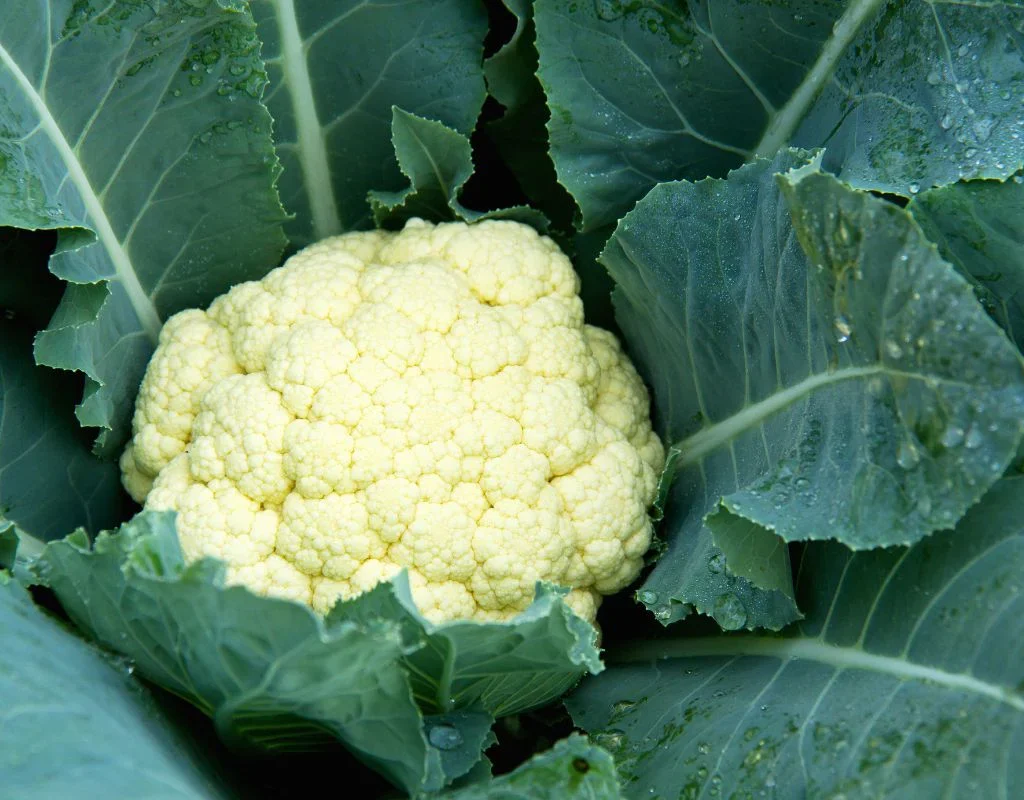
Cauliflower (Brassica oleracea var. botrytis) belongs to the Brassicaceae family, alongside broccoli, cabbage, and kale. It thrives in temperate climates and is celebrated not only for its neutral taste and texture but also for its health benefits—rich in fiber, antioxidants, vitamins C and K, and phytonutrients.
Over the years, global demand for cauliflower has soared due to increased awareness of plant-based diets and gluten-free alternatives. This spike in popularity has encouraged several countries to expand production, with one nation clearly standing out as the global leader.
Global Overview of Cauliflower Production
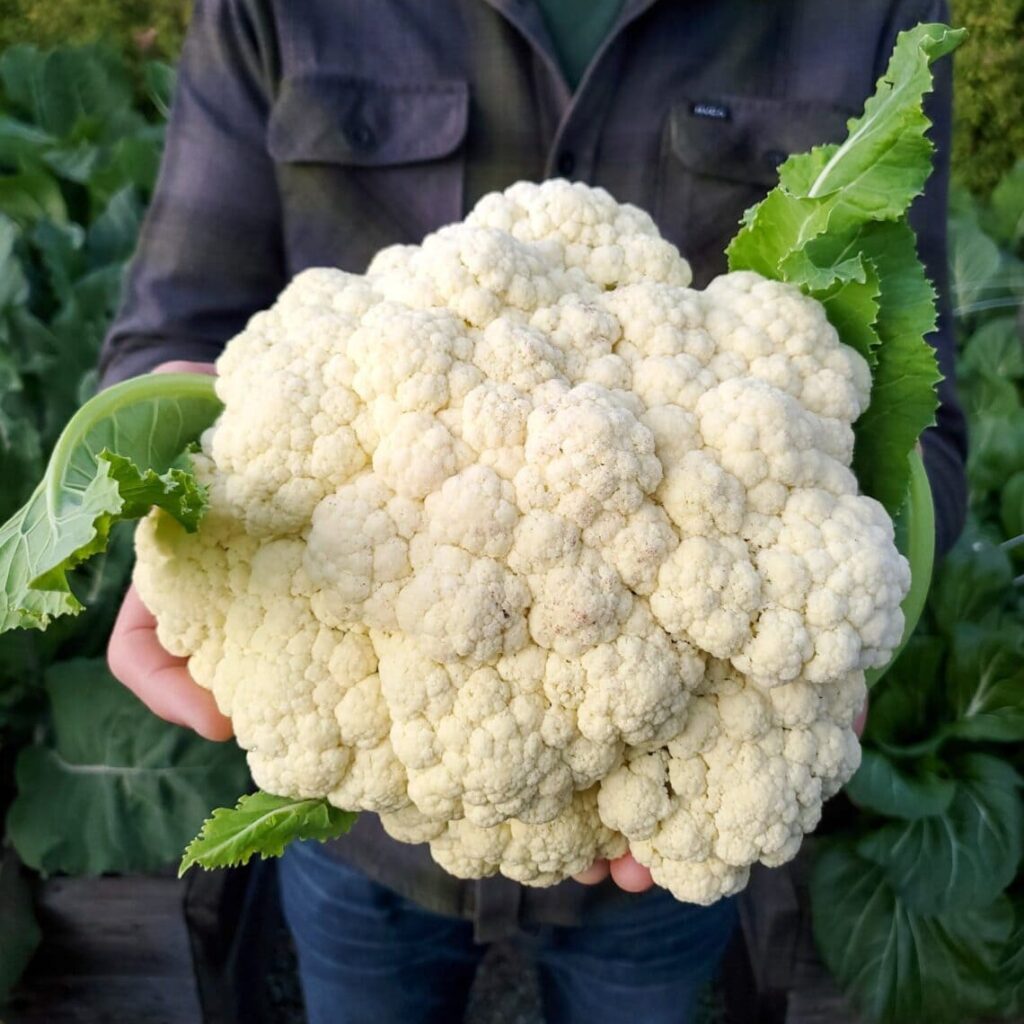
Cauliflower is cultivated extensively in Asia, Europe, and the Americas. According to data from the Food and Agriculture Organization (FAO) and other agricultural sources, global cauliflower production crosses 27 million metric tons annually. While many countries grow this nutritious vegetable, the bulk of production is highly concentrated.
Top Cauliflower Producing Countries (approx. annual production):
- China – 10.2 million metric tons
- India – 9.4 million metric tons
- United States – 1.2 million metric tons
- Spain – 0.6 million metric tons
- Mexico – 0.5 million metric tons
As the numbers suggest, China is the largest cauliflower producer in the world, followed closely by India. Together, they contribute to more than 70% of global cauliflower production.
China: The Undisputed Leader in Cauliflower Production
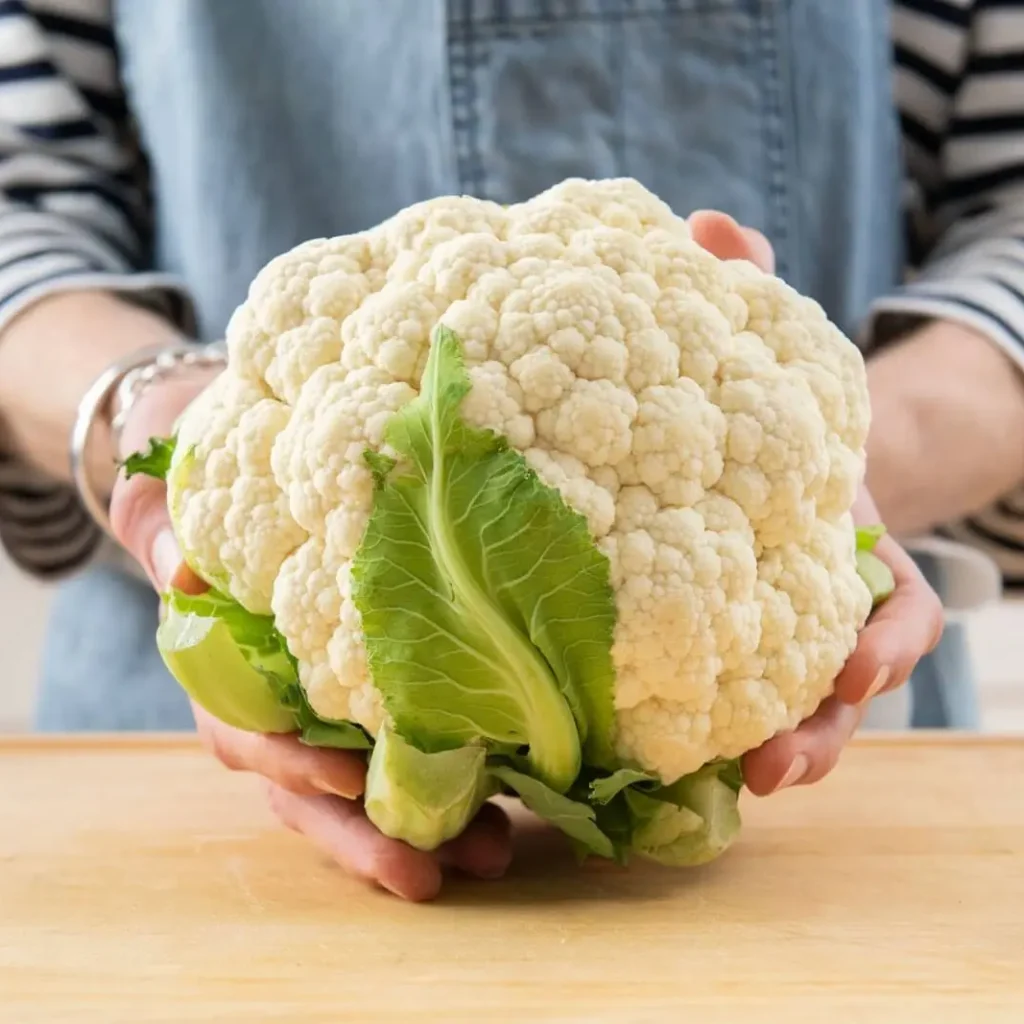
Why China?
China’s position at the top of the cauliflower production pyramid is no accident. It is the result of a combination of favorable climate, agricultural infrastructure, labor force, and government support.
Key Factors Behind China’s Dominance:
1. Ideal Agro-Climatic Conditions
China’s diverse climate allows for the year-round cultivation of cauliflower across multiple provinces including Shandong, Hebei, Henan, and Yunnan. Cooler climates in northern provinces particularly favor winter and spring crops.
2. Large Cultivation Area
China has allocated vast tracts of agricultural land to vegetable production. Cauliflower and its cousin broccoli are often grown on the same farms. According to Chinese agricultural data, over 500,000 hectares are used for cauliflower cultivation alone.
3. Technological Advancements
Modern farming practices, greenhouse technology, drip irrigation, and hybrid seeds have significantly boosted yields. China has invested in high-yield and disease-resistant cauliflower varieties that perform better in various climatic zones.
4. Strong Domestic Demand
Cauliflower is widely used in Chinese cooking—especially in stir-fried dishes, soups, and pickles. This domestic consumption keeps demand high and sustains production levels. It is also increasingly favored by health-conscious consumers due to its low calorie and high-fiber profile.
5. Export Potential
Although China consumes most of its cauliflower domestically, it also exports a significant portion to neighboring countries and international markets, including Russia, Southeast Asia, and parts of the Middle East.
India: The Close Contender
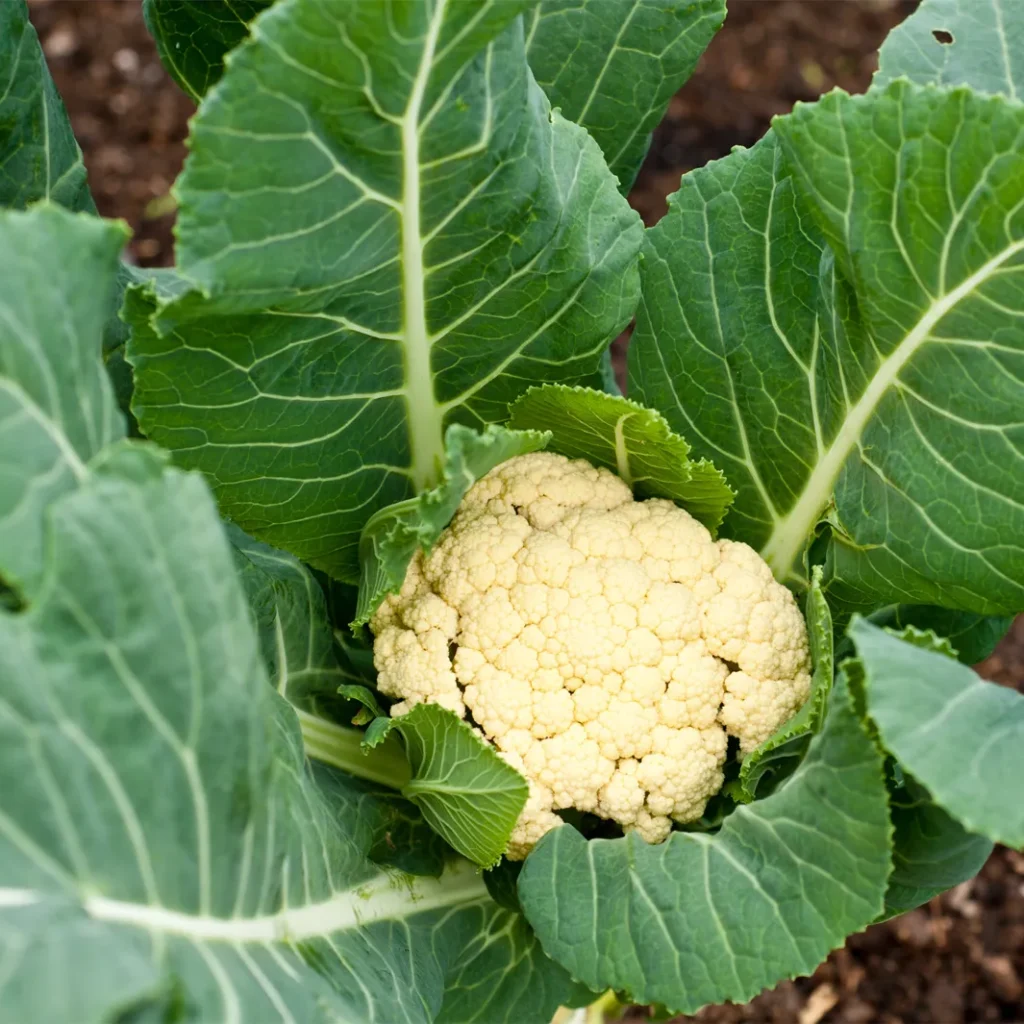
India ranks second in global cauliflower production and has shown a consistent upward trend over the past two decades.
Key Factors in India’s Success:
- Climate & Seasons: Cauliflower is grown almost year-round in India, with sowing typically in June-July and harvesting in September-December, depending on the region.
- Cultivation Zones: Major producing states include West Bengal, Bihar, Uttar Pradesh, Odisha, and Punjab.
- Consumption Culture: Cauliflower (known locally as “Gobi”) is a staple in Indian diets, appearing in numerous traditional dishes like aloo gobi, gobi paratha, and curries.
- Government Support: India’s National Horticulture Mission and various state initiatives promote vegetable production through subsidies and training programs.
Despite being second to China, India is closing the gap thanks to technological improvements and increasing farmer participation in commercial cauliflower farming.
United States: Quality Over Quantity
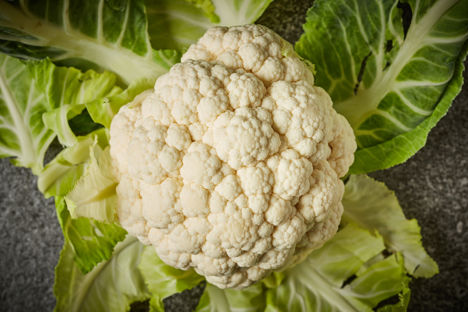
While not in the same league as China or India in terms of quantity, the United States maintains a significant global position, especially for premium export-quality cauliflower.
- California leads U.S. production, especially the Salinas Valley, also known as “America’s Salad Bowl.”
- American growers focus on high-quality produce targeted at both domestic health-conscious consumers and international markets like Canada and Japan.
- Value-added cauliflower products—such as cauliflower rice, mashed cauliflower, and frozen florets—are growing segments within the U.S. food industry.
Challenges in Cauliflower Production
Despite its growth, cauliflower farming faces several challenges:
- Pest & Disease Pressure: Common issues include downy mildew, black rot, and cabbage worms.
- Climate Sensitivity: Cauliflower is highly susceptible to temperature extremes, affecting curd development and quality.
- Post-Harvest Losses: As a perishable crop, poor storage and transport infrastructure, especially in developing countries, lead to significant losses.
China, however, has mitigated many of these challenges through mechanization, supply chain development, and farmer training.
Sustainability & Future Outlook
With climate change posing increasing threats to agriculture, countries like China are investing in sustainable practices including:
- Crop rotation and intercropping with legumes and grains to improve soil health
- Drip irrigation and water-efficient systems to reduce water usage
- Genetic research to develop climate-resilient cauliflower strains
China’s leadership in both quantity and innovation suggests it will likely remain the world’s top cauliflower producer for the foreseeable future.
Conclusion
To summarize, China holds the crown as the world’s largest cauliflower producer, thanks to its massive cultivation area, advanced agricultural practices, and robust domestic demand. India follows closely, powered by its strong culinary culture and expanding horticulture initiatives. While other countries like the U.S., Spain, and Mexico contribute significantly to global markets, none match the scale and consistency of China.
Understanding the dynamics behind cauliflower production not only offers insight into global agriculture but also reflects broader themes like food security, sustainability, and economic development. As the world continues to embrace plant-based diets, cauliflower is poised to remain a vital crop—and China will likely continue to lead its production.

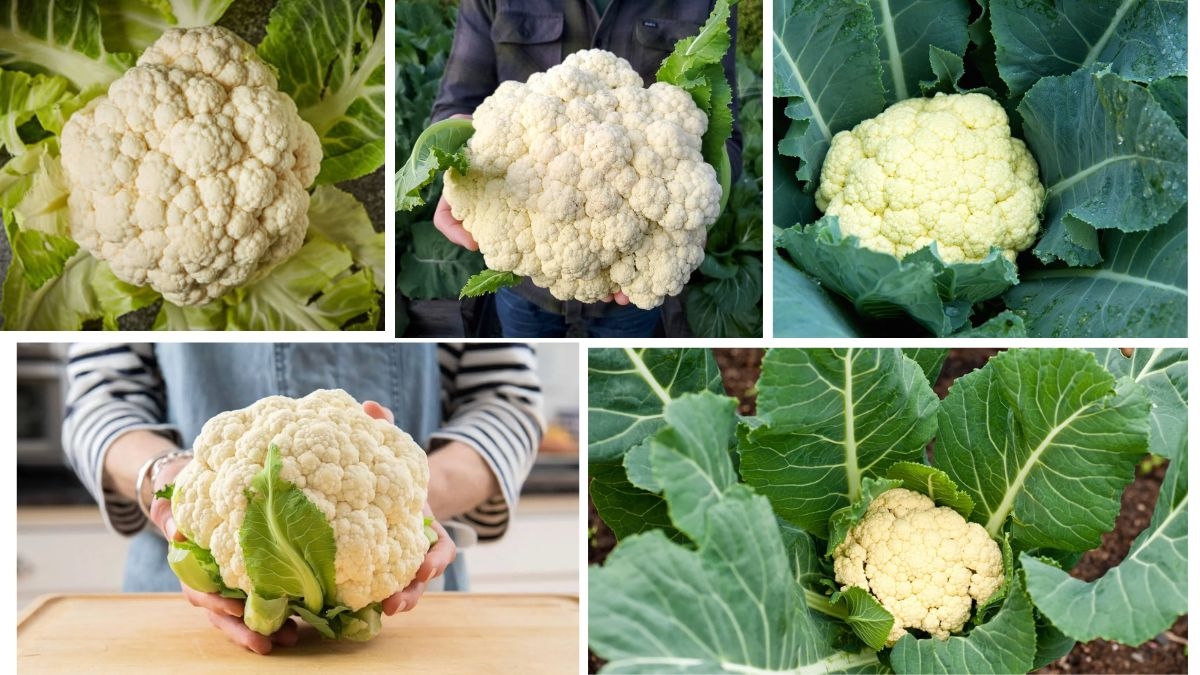



Leave A Comment